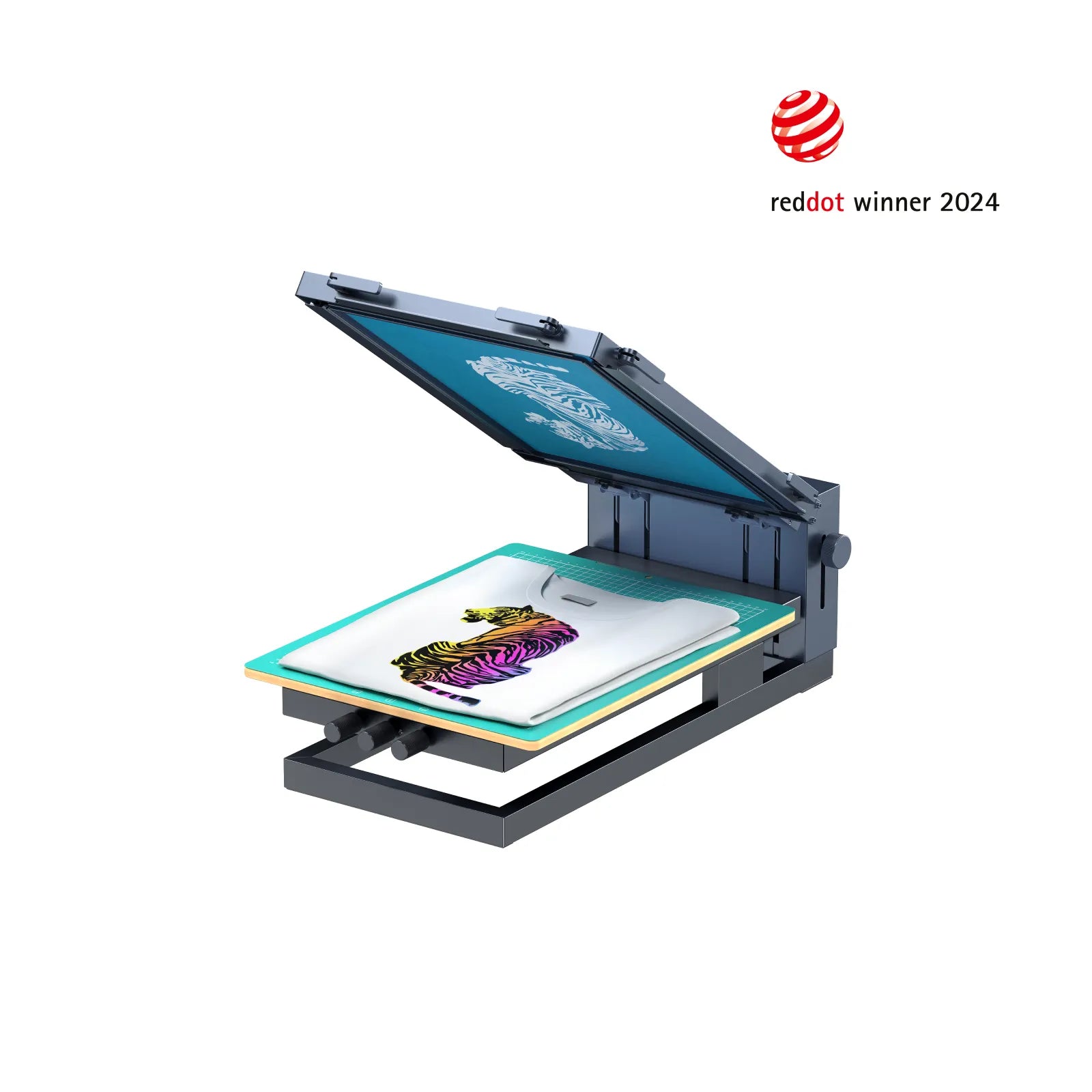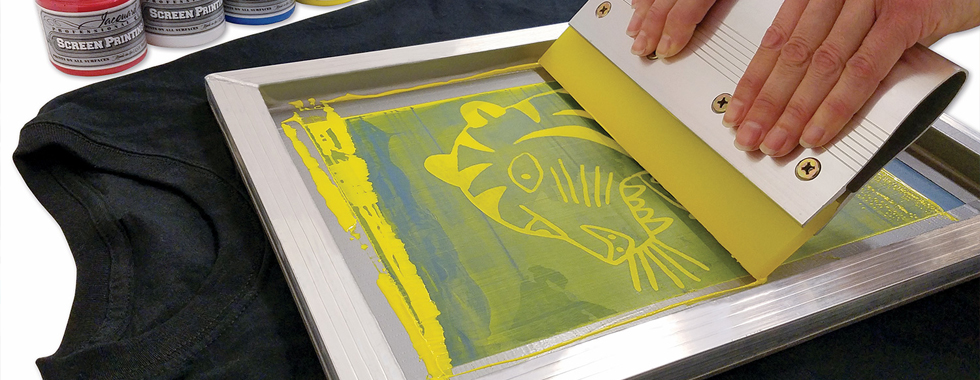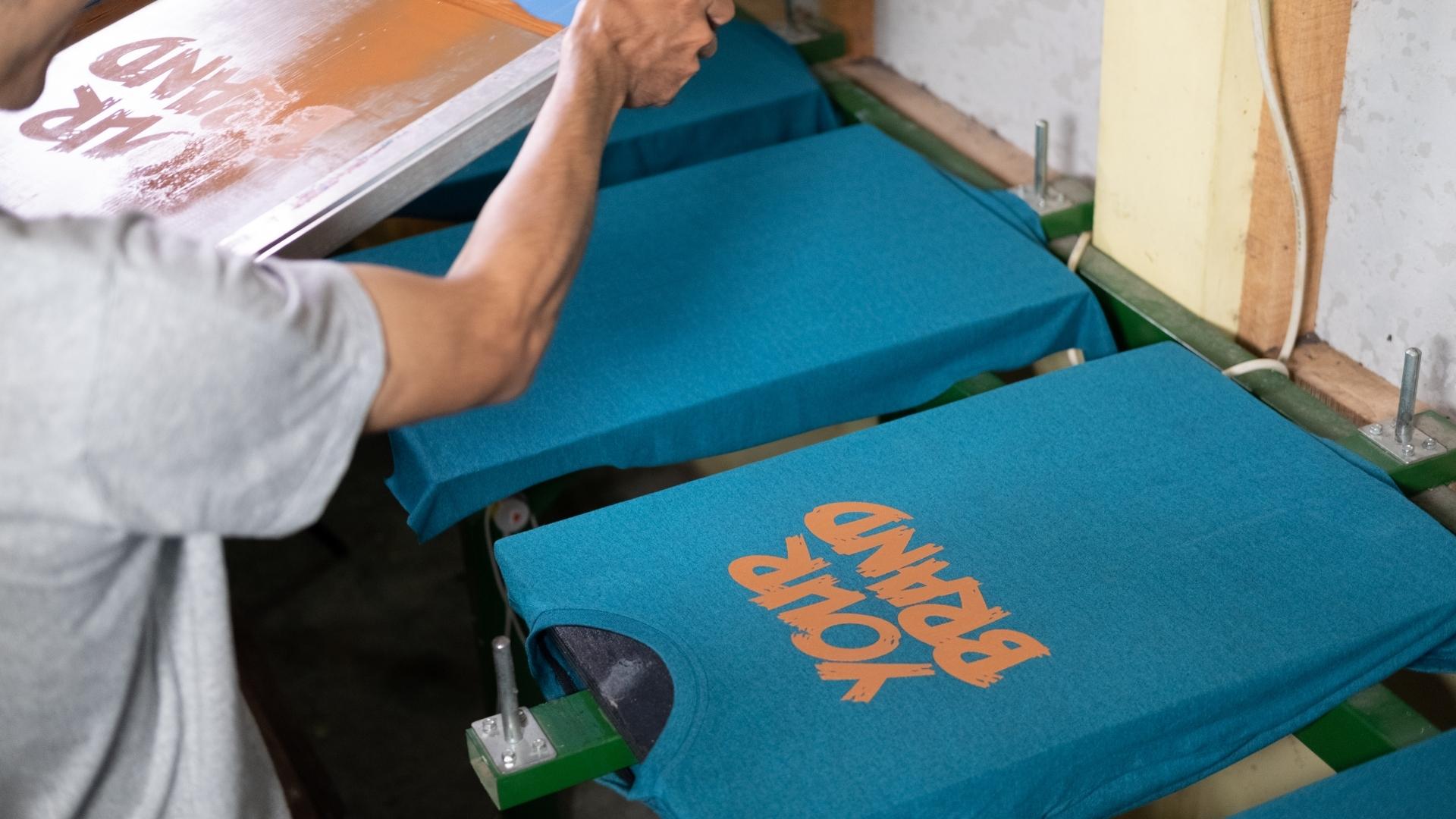The Necessary Guide to Understanding Screen Printing and Its Versatile Uses
Screen printing has an abundant history that dates back to ancient times, advancing right into a sophisticated strategy made use of across various sectors today. This guide explores the ins and outs of the screen printing process, outlining its applications in style, home, and advertising design - 10:9 Design contact. Understanding these principles can open creative potential for both business and artistic projects. The following sections will certainly reveal essential ideas and methods to improve one's screen printing endeavors
The History of Screen Printing
Screen printing has origins that trace back centuries, its development reflects the technological and artistic developments of various societies. Originating in ancient China, the method was at first made use of for decorating fabrics and later infect Japan, where it ended up being indispensable to Ukiyo-e woodblock printing. The technique shifted to Europe in the 18th century, where it acquired popularity among artisans and industrial printers. The innovation of image solution in the 20th century reinvented screen printing, permitting even more intricate layouts and greater performance. Artists like Andy Warhol better drove its popularity, using the tool to develop famous jobs that mixed commercialism and great art. By the late 20th century, screen printing had actually established itself as a versatile method, used in vogue, advertising, and great art. Today, it remains to evolve, incorporating electronic modern technology and increasing its applications across various industries.
The Screen Printing Refine Explained
Screen printing changes creative visions into tangible styles via a collection of accurate actions. At first, a picture is produced and then moved onto a screen, generally made of great mesh material stretched over a structure. A light-sensitive emulsion is put on the screen, which is subjected to light, solidifying in locations not covered by the image. After rinsing the unhardened emulsion, a pattern is formed.
Next, the screen is placed over the substrate, whether it be fabric, paper, or one more product. Ink is then pressed through the open locations of the pattern utilizing a squeegee, depositing the style onto the substrate below. This process can be repeated for numerous shades, calling for different screens for each and every shade. The printed product is treated making use of heat to assure the ink sticks appropriately, resulting in a durable, lively style all set for use.
Types of Screen Printing Techniques

Additionally, specialized methods, such as discharge screen printing, eliminate dye from the textile to create softer prints, while foil screen printing uses metallic foil to accomplish a glossy coating (10:9 Design Abilene). Each strategy offers distinctive features, dealing with different innovative needs and manufacturing ranges, ultimately broadening the opportunities within the screen printing domain
Applications of Screen Printing in Numerous Industries

Furthermore, the signage and advertising and marketing fields use screen printing for developing eye-catching screens and banners. This technique enables for strong check here colors and elaborate styles that catch attention. In electronic devices, screen printing is employed for applying conductive inks to circuit boards, essential for part connections. In addition, the home style industry embraces screen printing to generate distinct layouts on fabrics and wall art. Generally, screen printing offers as an essential device throughout varied areas, boosting items with personalized and aesthetically appealing graphics.
Tips for Effective Screen Printing Projects
While undertaking a screen printing project, careful interest to detail can significantly boost the final end result. Initially, selecting top notch products is necessary; this consists of the screen, inks, and substrates. Utilizing suitable mesh matters can impact ink deposition and detail resolution. Prep work is just as vital; detailed cleaning of displays and proper exposure times guarantee crisp prints.
Next off, exact registration is vital for multi-color prints. Making use of alignment devices can aid accomplish specific layering. In addition, testing prints on scrap materials before production aids identify prospective issues without wasting resources.

Often Asked Questions
What Products Are Ideal for Screen Printing on Material?
Cotton and polyester blends are excellent for screen printing on material as a result of their sturdiness and ink absorption. Additionally, specialty textiles like silk or canvas can create one-of-a-kind textures and surfaces, enhancing the total style high quality.
How Do I Clean and Maintain Screen Printing Devices?
To clean and maintain screen printing equipment, one ought to frequently wash screens with suitable solvents, examine mops for wear, oil moving parts, and shop all things in a completely dry, dust-free setting to prolong their life expectancy.
What Are the Environmental Influences of Screen Printing?
Screen printing can have significant environmental effects, consisting of chemical waste from inks and solvents, water use during cleaning processes, and energy intake. Eco-friendly materials and lasting techniques are vital for decreasing these unfavorable effects.
Can Screen Printing Be Done at Home Successfully?
Screen printing can be properly done at home with the right materials and methods. Enthusiasts can produce quality prints, though success depends on their ability degree, equipment, and understanding of the process entailed.
What Are the Costs Linked With Starting a Screen Printing Service?

Starting a screen printing business entails expenses for tools, materials, and office. Initial expenses generally range from a few hundred to several thousand dollars, relying on the range, high quality of equipment, and preferred manufacturing ability.
Screen printing has a rich background that dates back to ancient times, developing right into an advanced method used across different sectors today. Another method, rotating screen printing, uses round screens, helping with continual printing on textile rolls, thereby improving effectiveness for large-scale productions. In addition, specialized methods, such as discharge screen printing, get rid of dye from the material to create softer prints, while aluminum foil screen printing uses metal aluminum foil to achieve a glossy finish. In the fashion sector, screen printing is extensively used to develop vibrant designs on clothing, allowing brand names to showcase their one-of-a-kind designs. Cotton and polyester blends are optimal for screen printing on textile due to their sturdiness and ink absorption.